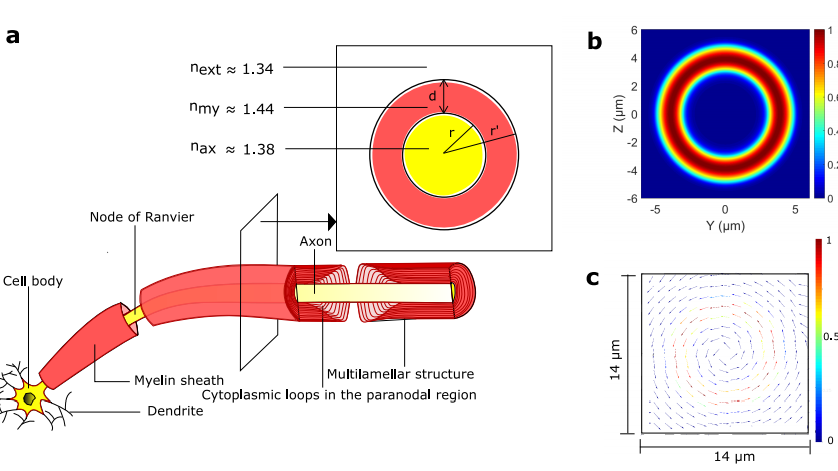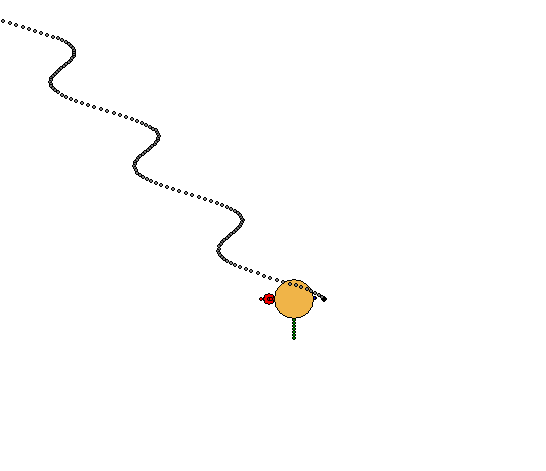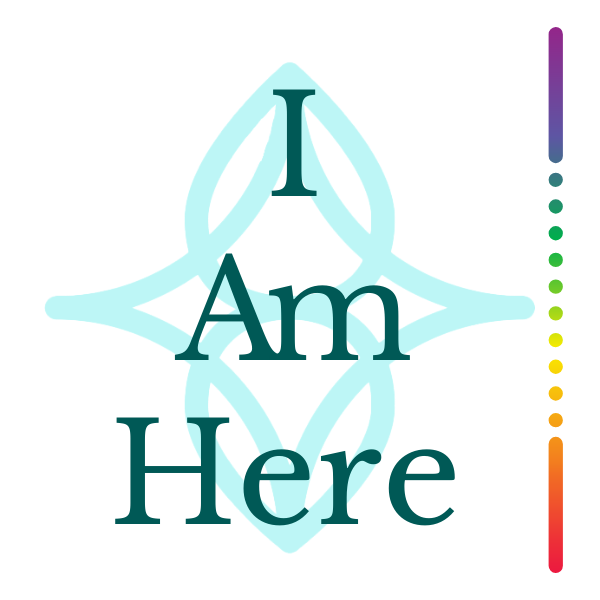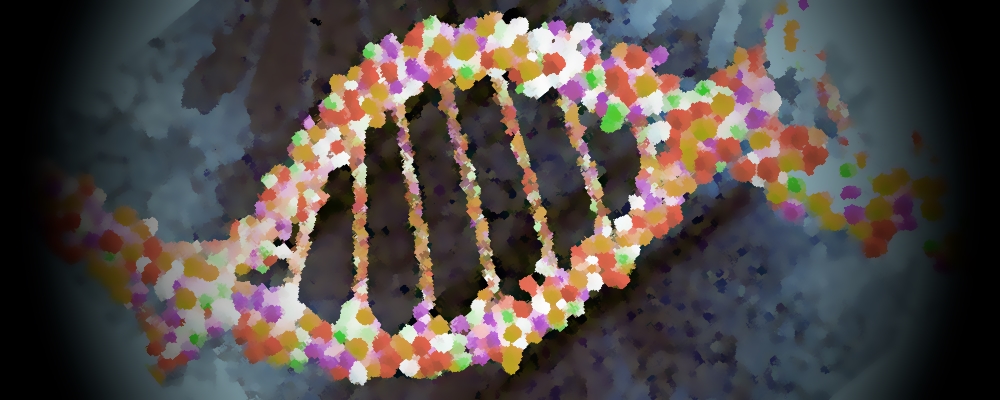For millennia, mystics have equated consciousness with light. It started in Genesis, with the creation of the universe, and even today, the word ‘enlightenment’ hints at fundamental physical secrets.
Now, moving away from the belief that brain chemistry generates consciousness, leading scientists are saying that consciousness could be expressed through biophotons in the DNA and most specifically in the brain. They’re calling it the brain’s optic communication network.
But it doesn’t stop there, the possibility of biophotons at work in consciousness and non-verbal communication opens up the question of quantum entanglement – what Einstein called ‘spooky action at a distance.’ Quantum entanglement says that two entangled particles affect each other irrespective of distance and time. Meaning, that if there’s a change in my light frequency, it can affect another with whom I’m entangled even from the past or future, and even at a far corner of the universe. Could part of our purpose here be to evolve from unconscious distance communication to conscious mastery?
Below is an extract from one of the articles on the research coming out of the University of Calgary in Canada, written by Erin Guiltenane.
***
Christoph Simon specializes in quantum physics, an enigmatic field not commonly associated with biology or neuroscience. Together with a team of researchers from the University of Calgary and the University of Alberta, Simon has recently published a paper in Nature’s Scientific Reports proposing that the brain may use elementary particles of light to communicate across the cable-like axons that connect its nerve cells, or neurons; in essence, the theory suggests the existence of a fibre optic network in the brain.
Simon had long been interested in learning about how the brain functions, but was uncertain how to blend that interest with his background in quantum physics. He found an entry point when learning about biophotons through a conversation with University of Alberta researcher and article co-author Jack Tuszynski. “Biophotons are photons that are produced by cells through normal metabolism, particularly in the brain. Photons are the fundamental particles of light,” Simon explains. “It’s clear to everyone that the brain uses electrical signals and this is how messages are sent and received through the body’s nervous system,” he says. “But we know that there are also photons present in the brain, and photons are really good for sending signals. It would seem natural for evolution to have found that as well.”

Infographic: MIT Technology Review
Simon says that the brain’s structure is similar to that of a fibre optic network, and has the potential to function as such. Using fibre optic cables, photons can be used for communication purposes across large distances. Messages inside the brain would, of course, be sent over much shorter distances. “We already know, from our existing technology, what needs to be in place to make cables for photons,” tells Simon, who says that the refractive index of those cable fibres needs to be higher than that of its surrounding environment, like air or water, for the light to stay inside the cable. He compares this to the brain’s structure; the axons in the brain, in this theory, act as the “cables” that transmit light from one cell to another. The myelin sheaths that protect the axons help to keep the photons inside.
Simon and his colleagues developed a sophisticated mathematical model for testing whether axons could indeed, physically conduct light. They concluded that it is a serious possibility. However, their idea still has to be tested experimentally. If Simon’s team’s theory proves to be true, and the axons and neurons of the brain constitute a light communication system, “it would be a whole new perspective on the brain,” he says.
Quantum laws may unlock mystery of consciousness

Rotating view of a photon emission from an electron
Earlier this year, UCalgary researcher Wolfgang Tittel used Calgary’s existing fibre optic network to demonstrate that photons excel at transporting not only ordinary information, but also quantum information. If the brain were also using photons to transport quantum information, it would be imaginable that some of the laws of quantum physics could apply to brain function and processing.
Quantum physics allows information to be sent and manipulated in ways that are not possible using rules based on the classical laws of nature (like teleportation). “My colleagues and I think about how to make quantum computers, which are vastly more powerful than regular computers,” says Simon. “If our theory is true, that means that the brain might also function like a quantum computer. It could be that some of the mysterious features of quantum physics are responsible for some of the mysterious features of the brain.”
If so, Simon speculates it might hold the clue to how the brain produces the state of consciousness, another question whose solution has long evaded researchers.

Laser beam crystal structure. Yin yang model of photons.
References
Are There Optical Communication Channels in the Brain?
https://www.ncbi.nlm.nih.gov/pmc/articles/PMC4267444/;
https://arxiv.org/abs/1708.08887;
https://www.livescience.com/28550-how-quantum-entanglement-works-infographic.html;




